Tulips are vibrant, colorful plants that we love to add to our gardens for their aesthetic appeal. However, most of us are unaware of how dangerous these ornamental flowers can be for our pets.
In this article, we will discuss about are tulips toxic to pets and how can you keep your pets safe?
As per guidelines issued by ASPCA, Tulip plants are toxic to pets like cats, dogs, and birds. Also, other animals like rabbits, hamsters, and horses are at the risk of being poisoned by Tulips. Most toxins in the tulips are concentrated in bulbs, but the rest of the foliage also possesses risk.
We do not advise you against growing tulip flowers at home but you need to be well-acquainted with their toxic characteristics when planning to grow them.
Now, let’s delve deep into the toxicity of tulip plants and how you can grow them within the proximity of your pets.
Also, we will rightly guide you on the steps that have to be taken once your pet comes in close contact with a Tulip plant to avoid any severe after-effects.
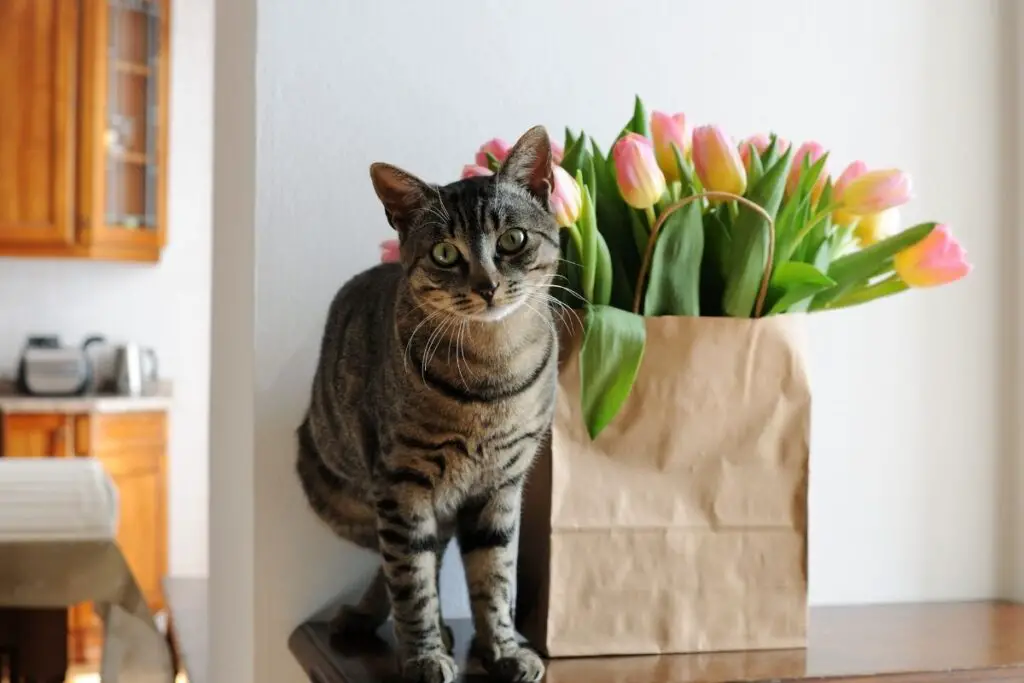
Are tulip plants pet-friendly?
Tulips are not pet-friendly plants. Both Tulips and Hyacinths are parts of the Liliaceae family and contain allergenic lactones or similar alkaloids.
Though a tulip may not bring about the immediate death of a pet, it will have a long-lasting negative impact on your pet’s health.
Do not ignore the initial symptoms of tulip poisoning, as it can worsen conditions inside the pet’s body without any remedial action.
It is best to keep your pets such as dogs, cats, and rabbits as far away from the tulips as possible. These playful pets should not be allowed to run around the tulip plants.
In addition, if your pets enjoy nibbling on plants or flowers, tulips are not the flowers to nibble on. Doing that will promptly release the toxins that can harm your pet and lead to swelling of the tongue and mouth.
How toxic are tulips?
The exact toxicity level in Tulip plants depends upon the number of tulips ingested by the organism.
Tulip plants contain chemicals known as toxic glycosides – Tuliposide A and B and phytoanticipins (which can damage the liver) called Tulipalin A and B.
These alkaloid chemicals are present in the outer layers of the bulb act as fast-acting toxins for our canine friends.
Even humans are not entirely spared from the toxic action of tulip plants, especially those who handle tulips for work.
Allergic, painful, and itchy rashes develop on the fingernails when Tuliposide is converted to Tulipalin.
This can cause fingernails to turn brittle and deformed. This skin sensitivity brought by the toxic inhibition of protein synthesis is termed “tulip fingers” or “tulip nail.”
In severe cases, affected ones can experience difficulty in breathing, hoarseness, and a runny nose.
The skin reaction is temporary and usually heals quickly, but the effect can return on future contact with leaves.
To avoid this and protect the skin around the fingertips, it’s recommended to wear nitrile gloves instead of latex.
The toxic concentration is found highest in the base of the plant, which is the bulb. But, according to the Nova Scotia Museum, toxins are present even in the stems, leaves, and flowers of the plant in lower quantities.
Without a doubt, the bulb is the most dangerous plant part for your pet, but even if the animal eats the stems, poisoning can still take place.
Even biting on tulip leaves or flowers can irritate the esophagus and mucous membranes in the mouth.
It is always suggested to take prompt action and contact the vet instead of trying out anything yourself, as that may make matters worse. Rapid treatment can save a critical life.
Signs of tulip poisoning
As we have learned, tulips are fatal for the health of your pets. If your pets consume Tulips, it can cause a range of gastrointestinal tract issues.
The other significant signs that immediately start to show after tulip consumption are:
- Skin irritation
- Oral irritation
- Pawing at the mouth
- Swelling
- Reduced appetite
- Vomiting
- Diarrhea
- Breathing issues
- Lack of coordination
Now, let’s go further into the signs of tulip poisoning displayed by different pets.
Looking for gardening supplies? We have tested 100's of products before recommending them to you guys. Check out our best pick below:
| Image | Gardening Supplies | Best Price? |
|---|---|---|
 Top
Top Top
Top | Raised Garden Bed Kit | Check On Amazon |
 | XLUX Soil Moisture Meter, Plant Water Monitor, Soil Hygrometer Sensor for Gardening, Farming, Indoor and Outdoor Plants, No Batteries Required | No Results |
 Top
Top Top
Top | 82 Pcs Garden Tools Set and Extra Succulent Tools Set | Check On Amazon |
 | Joeys Garden Expandable Garden Hose with 8 Function Hose Nozzle, Lightweight Anti-Kink Flexible Garden Hoses, Extra Strength Fabric with Double Latex Core, (50 FT, Black) | No Results |
 Top
Top Top
Top | Dual Chamber Compost Tumbler | Check On Amazon |
 Top
Top Top
Top | Sunnyglade Plant Stakes | Check On Amazon |
 Top
Top Top
Top | Organic Cold Pressed Neem Seed Oil | Check On Amazon |
 Top
Top Top
Top | Mighty Mint Gallon :-Insect and Pest Control Peppermint Oil | Check On Amazon |
 Top
Top Top
Top | Scotts DiseaseEx Lawn Fungicide | Check On Amazon |
 Top
Top Top
Top | Jacks Classic 20-20-20 All Purpose Fertilizer | Check On Amazon |
 Top
Top Top
Top | 30,000 Seeds Pollinator Attracting Wildflower Mixture | Check On Amazon |
 Top
Top Top
Top | Survival Vegetable Seeds Garden Kit-Over 16,000 Seeds | Check On Amazon |
Which pets are sensitive to tulip poisoning?
All the common pets in our households, such as dogs, cats, hamsters, and even other animals like rabbits, goats, and horses, are at risk of tulip plant poisoning.
But unless your pet entirely gobbles down a tulip bed, you are unlikely to face any major problems. This does not mean you can discount the need to be careful.
Most animal species tend to have a curious personality and like to play around extensively around elements of nature such as green plants and flowers. They are unaware of what’s right for them and what can potentially harm them.
Goats and horses especially have a habit of eating wild plants t, and they may find your tulips to nibble on sooner or later.
Even in the mildest poisoning cases, the discomfort and digestive issues caused can hamper both your pet’s physical and mental health.
As foraging animals, chickens also have the strong urge to taste-test minimal amounts of a new plant before eating more.
Though they are relatively good at sensing danger, it is unlikely that a chicken will eat enough tulip bulbs to result in serious issues.
Thus, you should ensure that you do not have tulips lying around that your pets can gain access to easily.
Are tulips toxic to cats?
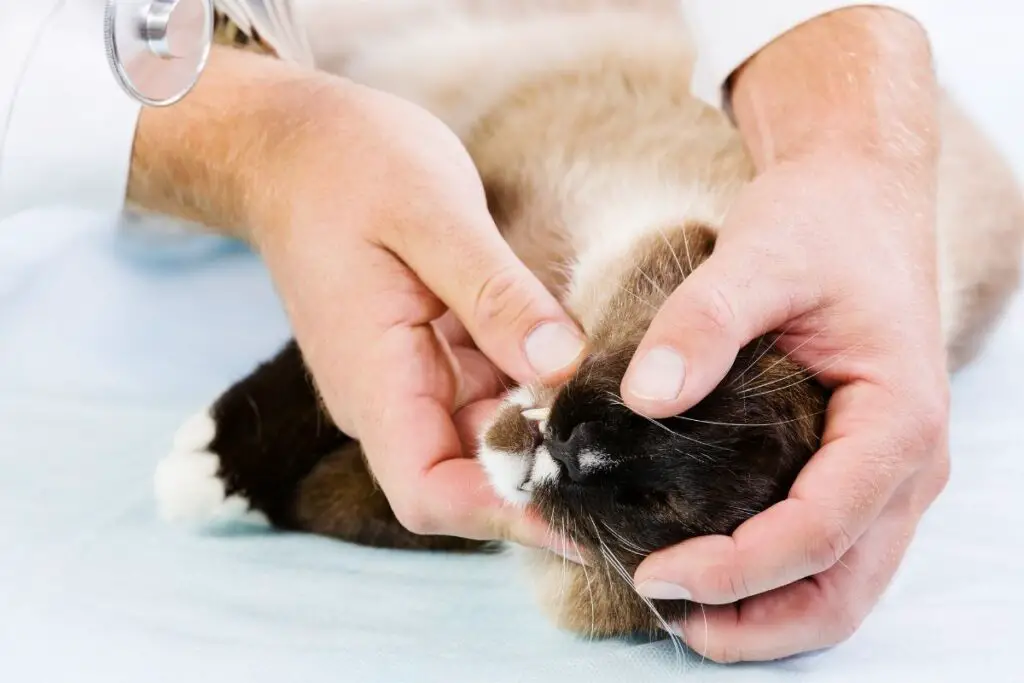
Cats are often attracted to plants for their taste or texture, but all parts of the tulip are poisonous for felines. On eating a tulip plant in large amounts, you might notice severe and unpleasant consequences in your kitty.
The allergenic properties of tulipalin firstly cause cats to enter into a ‘dazed’ state. Drooling is a significant symptom since the toxic compounds irritate the sensitive membranes of the cat’s mouth, and additional saliva is produced to flush them out.
Tulip poisoning is not likely to be fatal in a healthy cat. However, the more fragile a cat is to begin, the more severe the toxic reaction becomes. This mainly includes cats that are already ill, pregnant, nursing, and older cats.
If the poisoning isn’t treated, the tulips will directly affect your cat’s organs and cause a multi-organ failure.
If your cat is affected with tulip poisoning, you will notice:
- Oral irritation
- Swollen mouth
- Weakness
- Dehydration
- Loss of appetite
- Vomiting
- Diarrhea
- Rapid Heartrate
- Labored breathing
Are tulips toxic to dogs?
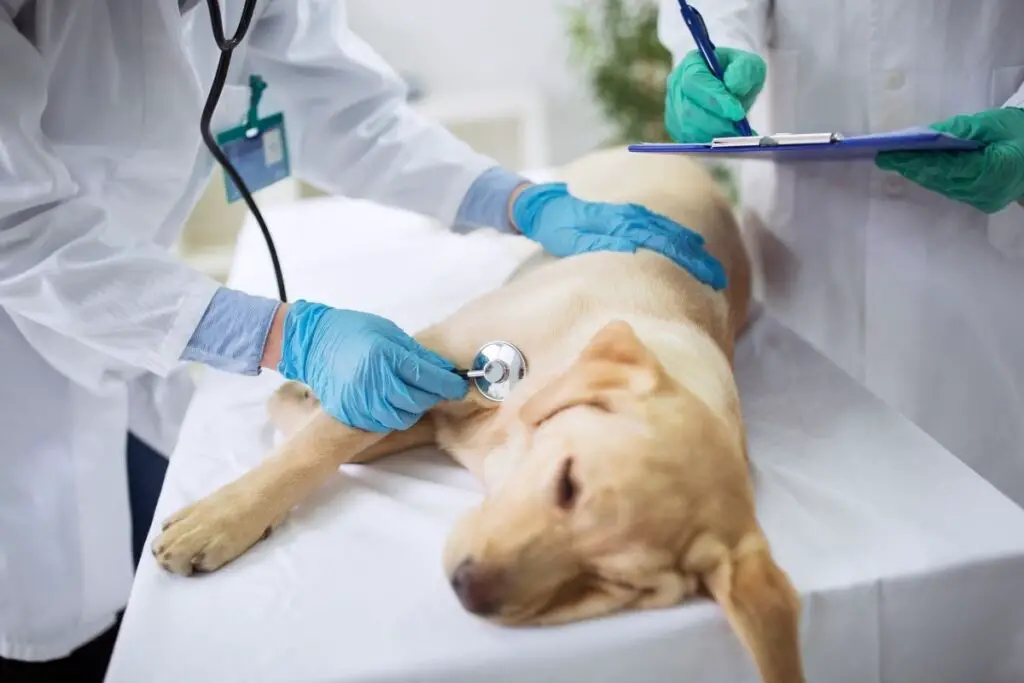
According to ASPCA, tulips are toxic for dogs.
The negative impact of tulip toxicity among dogs is mild in most cases, with only abdominal pain and vomiting that resolves independently. But the signs of a stronger poisoning from eating multiple tulip bulbs include:
- Cardiac arrhythmias
- Coma
- Depression
- Diarrhea
- Difficulty breathing
- Dizziness
- Excessive drooling
- Lethargy
- Seizures
- Tremors
Are tulips toxic to small animals?
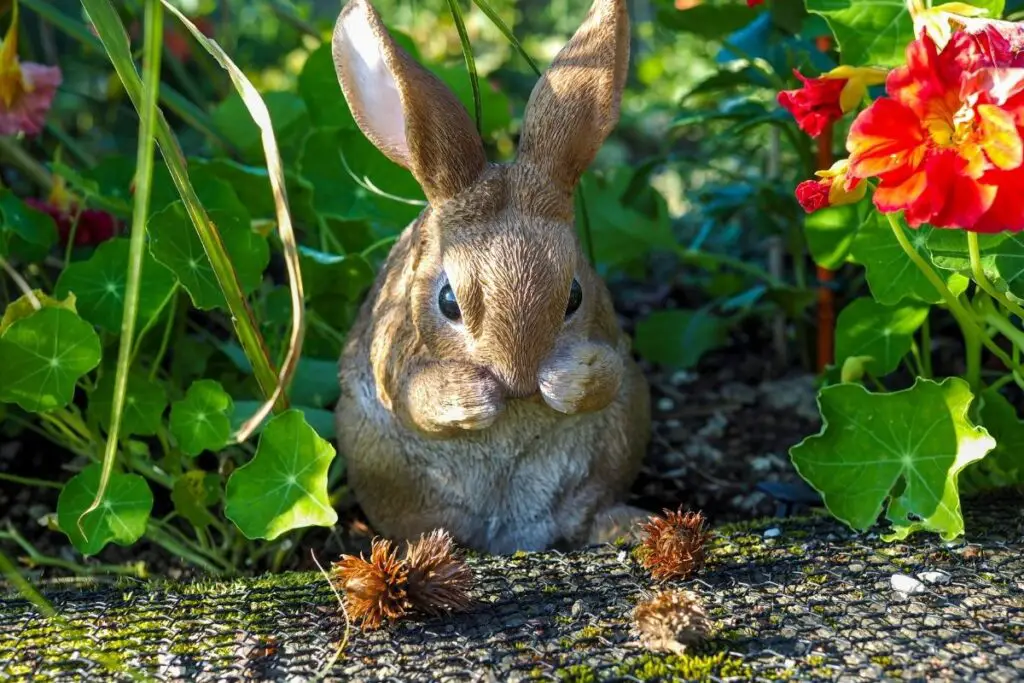
If you have small animals such as rabbits, hamsters, or guinea pigs, you must keep them away from the tulips. Tulip can be poisonous for these small animals as much as it is for your dogs or cats.
Some signs of tulip poisoning for small animals are:
- Oral irritation
- Depression
- Weakness
- Diarrhea
- Vomiting
- Hunched posture
- Low or high body temperature
What to do if your consumed tulips?
As soon as you notice any of the symptoms above, you must rush your pet to the nearest veterinarian.
The vet will start by cleaning the animal’s mouth and performing a physical examination to observe the symptoms first-hand and check for complications and the pet’s reactions.
You need to provide complete and accurate information about the pet’s medical history and lifestyle.
You may also be asked to describe the events leading to the poisoning, and the parts of tulip plant consumed to speed up the diagnosis.
You can also carry a sample from your tulip plant if possible. The vet can decide to take a blood sample from your pet for laboratory testing to identify the exact toxins.
The primary treatment for tulip poisoning involves managing the pet’s gastrointestinal health by fluid therapy.
Additional fluids are provided to the animal via an intravenous drip to prevent dehydration caused by poisoning. The vet can also use activated charcoal to eliminate any remaining tulipalin in the animal’s stomach.
In case of severe poisoning, the vet may advise you to visit the hospital.
Most cats and dogs recover in a few days to weeks with therapies and a bland diet. Owners should ensure that the pet gets enough rest by restricting their movement. Follow-up vet appointments are needed only if symptoms resurface.
How can you keep your pets away from your tulip plants?
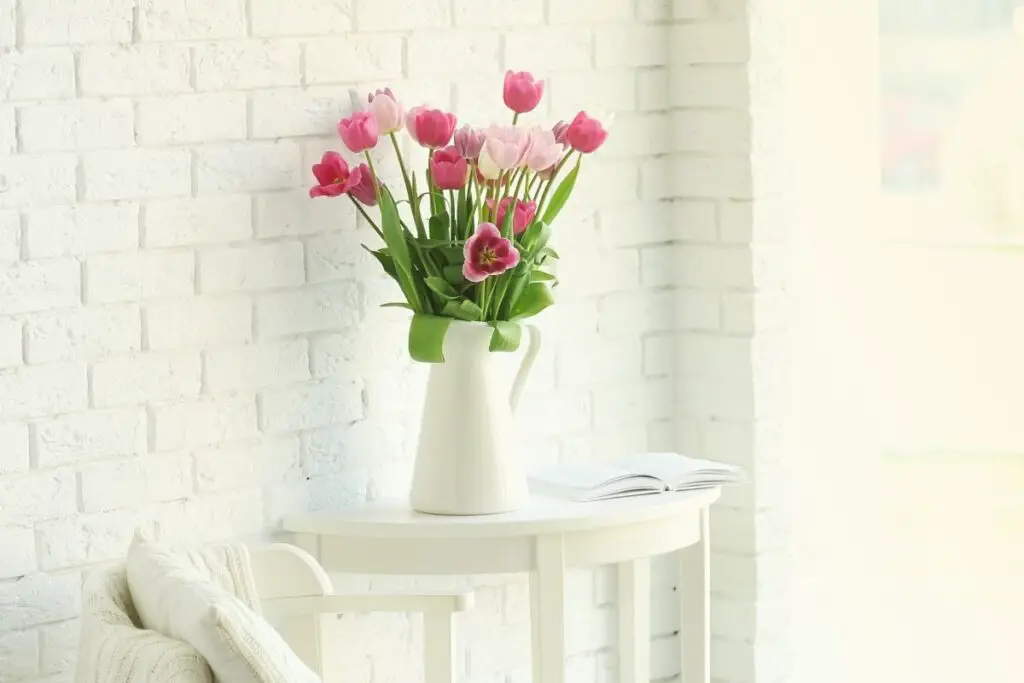
If you cherish the presence of your tulips in your garden as much as your love the company of your pets, we are here to help you guide you with solutions that will allow you to keep your pets away from your tulips.
Keep your dogs away from tulips
Dogs are curious and playful creatures, but the best thing about them is that you can train them, so the very first thing you should consider is to train your dog.
- Train your dog: Dogs are great at obeying and being trained. You can train them to behave well and perform different tricks. In the same way, you can train your dogs to stay away from tulip beds in the garden. It might take some time, but with practice, your dog can learn.
- Use a fence: The best way to keep dogs away from your tulips is to put a fence around them. The dogs will not be able to cross the fence, and thus, they will stay away.
- Dog repellents: Every pet has something that it doesn’t like. Even dogs do not like various things. You can use those to keep the dogs away. You can mix an orange essential oil with coffee grounds and spread it on the tulip flower bed.
- If you are growing tulips indoors, you can keep them at a higher spot where the dogs won’t reach.
Keep your cats away from tulips
You cannot train cats like you can train your dogs. Cats do not obey and like to do what they want. So, you can use the other alternatives to keep your cats away.
- Use scents: Various scents can keep the cats away from the tulip bed. After eating fruits, you can dump the peels on the tulip bed. The strong smell will keep the cats away. You can plant other plants like lavender or lemon thyme around your tulips. The smell of these herbs will keep the cats away.
- Use prickly substances: Cats do not like to walk on prickly areas, so you can spread twigs, eggshells, stakes, etc., to make the area uneven. This will keep the cats away.
- Use fence: Like dogs, a fence can help keep the cats away from the tulips.
- If you are growing tulips indoors, you can keep them in a room where the cats are not allowed.
Keep small animals away from tulips
You must also keep small animals like rabbits, guinea pigs, or hamsters away from the tulip garden. The one thing you can do is restrict these pets from going into the garden. Or you can add scarecrows, prey bird statues, or rubber snakes to scare these animals off from the tulip bed.
Final words
Tulips are beautiful flowers, but you must grow them carefully if you have pets in the house. You can always restrict your pets from going to the garden or near the tulip bed, and while growing tulips indoors, find a place where the pets will not go.
If by any chance, the pets take a bite or touch the tulips, you might notice signs of tulip poisoning on them. In that case, you must not delay and take your pet to the nearby vet clinic. Give all the required information to the vet and let him treat your pet.
You must not try to take any actions on your own as that might lead to further problems.
Source: Wikipedia, North Dakota Stae University, The Royal Horticultural Society, Ornamentals toxic plants, Pet poison online, Toxic plants, and companion animals.
